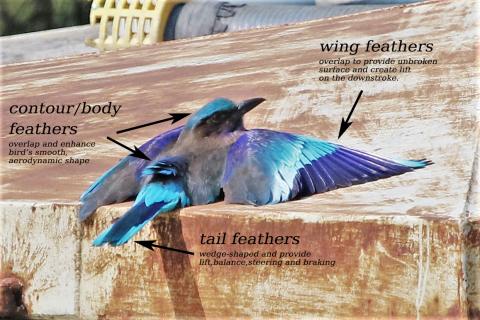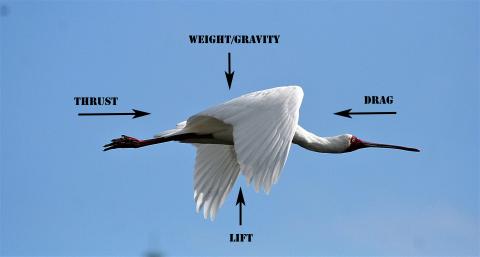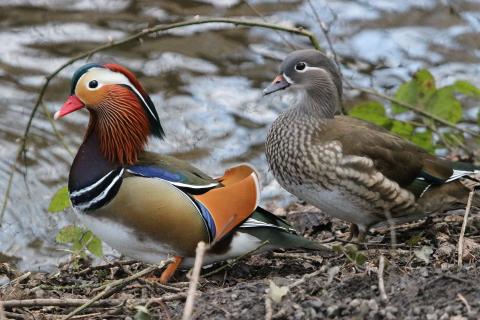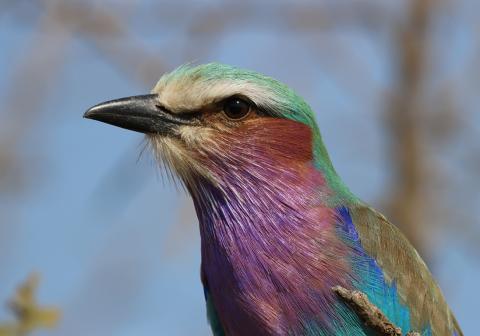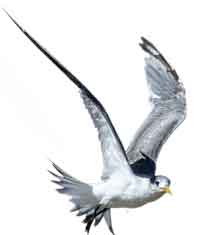 Feathers are a bird’s distinguishing feature. The duck-billed platypus, turtles and porpoises all have beaks, bats and butterflies can fly, otters can whistle, whales can sing and alligators, lizards and fish lay eggs. But feathers grow only on birds. (Millions of years ago, they grew on some dinosaurs but they evolved into birds and are now extinct). Feathers are an ingenious way of keeping warm, are usually waterproof and of course for most birds feathers enable flight. They may also distinguish one species from another and male from female and often feature in displays to attract a mate. They can also often provide camouflage. For us, feathers are what make birds beautiful.
Feathers are a bird’s distinguishing feature. The duck-billed platypus, turtles and porpoises all have beaks, bats and butterflies can fly, otters can whistle, whales can sing and alligators, lizards and fish lay eggs. But feathers grow only on birds. (Millions of years ago, they grew on some dinosaurs but they evolved into birds and are now extinct). Feathers are an ingenious way of keeping warm, are usually waterproof and of course for most birds feathers enable flight. They may also distinguish one species from another and male from female and often feature in displays to attract a mate. They can also often provide camouflage. For us, feathers are what make birds beautiful.
In this section we shall look at all aspects of feathers and their importance with special attention to the science of flight (aerodynamics).
